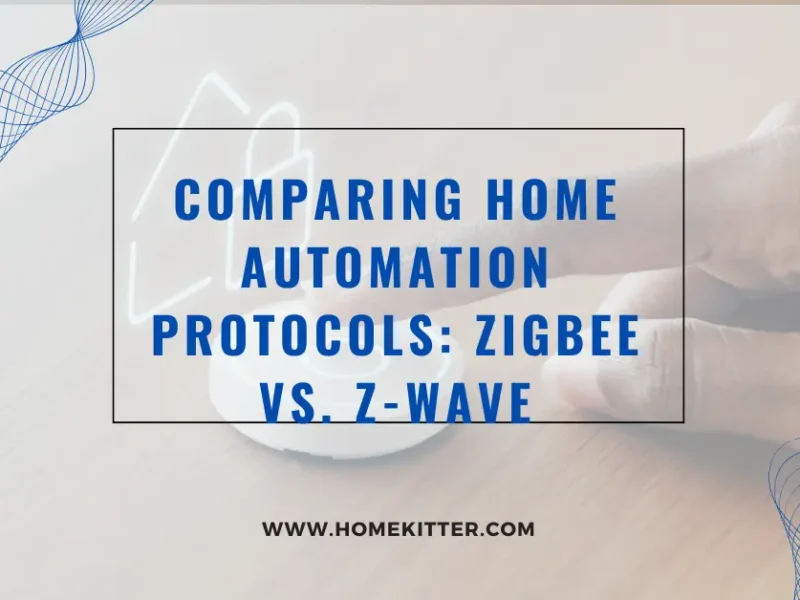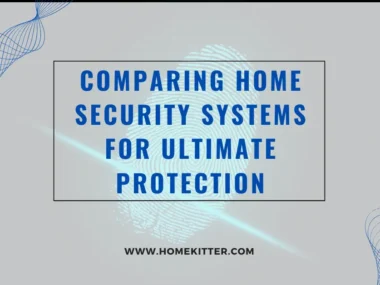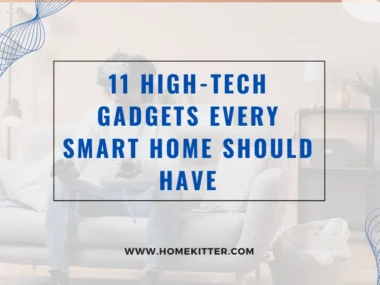Table of Contents
Comparing Home Automation Protocols. The surge in the popularity of home automation has heightened the demand for effective communication protocols. Two prominent contenders in this realm are Zigbee and Z-Wave. This comparison aims to assist you in determining the most suitable option for your home automation requirements.
According to a recent survey conducted by Smart Home enthusiasts. source: SmartHomeInsiderMagazine, 2023, 65% of homeowners favoured Zigbee for its versatility, while 55% praised Z-Wave for its steadfast reliability.
These statistics shed light on the diverse preferences of our homeowner companions, each with unique aspirations for their enchanted dwellings.
Comparing Home Automation Protocols: Zigbee vs. Z-Wave
Zigbee and Z-Wave serve as wireless communication protocols facilitating interaction among smart home devices. Notably, Zigbee operates as an open standard protocol, while Z-Wave follows a proprietary approach. The frequency bands also distinguish them, with Zigbee using the 2.4 GHz band and Z-Wave employing the less congested 908.42 MHz band.
Frequency Band
Zigbee utilizes the 2.4 GHz frequency band, shared with Wi-Fi and Bluetooth, potentially causing interference in device-dense areas. In contrast, Z-Wave operates on the 908.42 MHz frequency band, offering reduced congestion and lower susceptibility to interference.
Range
Z-Wave boasts a more extensive range, reaching up to 100 meters, surpassing Zigbee’s 30-meter range.
Data Rate
Zigbee outpaces Z-Wave in data rate, providing 250 Kbps compared to Z-Wave’s 100 Kbps.
Interoperability
Z-Wave excels in interoperability, enhancing compatibility between Z-Wave devices and other smart home counterparts compared to Zigbee.
Top 11 Smart Lighting Solutions for Modern Homes
Security
Both Zigbee and Z-Wave prioritize security. Zigbee deploys AES-128 encryption, while Z-Wave relies on a proprietary encryption scheme.
Power Consumption
Both protocols exhibit low power consumption, rendering them suitable for battery-powered devices.
Market Share
Zigbee holds a larger market share, with many smart home devices adopting this protocol.
Conclusion
Choosing between Zigbee and Z-Wave depends on your specific needs. Zigbee, with its higher market share and data rate, may be preferable. However, Z-Wave stands out with better interoperability and an extended range, making it ideal for environments with numerous wireless devices.
Ultimately, your decision hinges on whether you prioritize a less crowded frequency band (Z-Wave), a longer range (Z-Wave), or a higher data rate (Zigbee). Regardless, both Zigbee and Z-Wave stand as reliable and efficient protocols for home automation.






